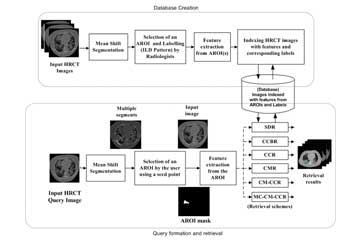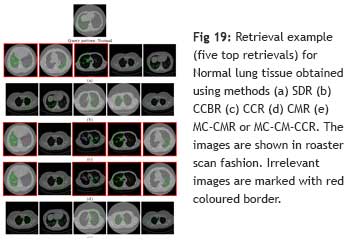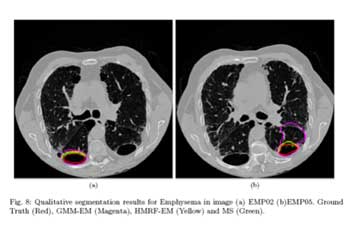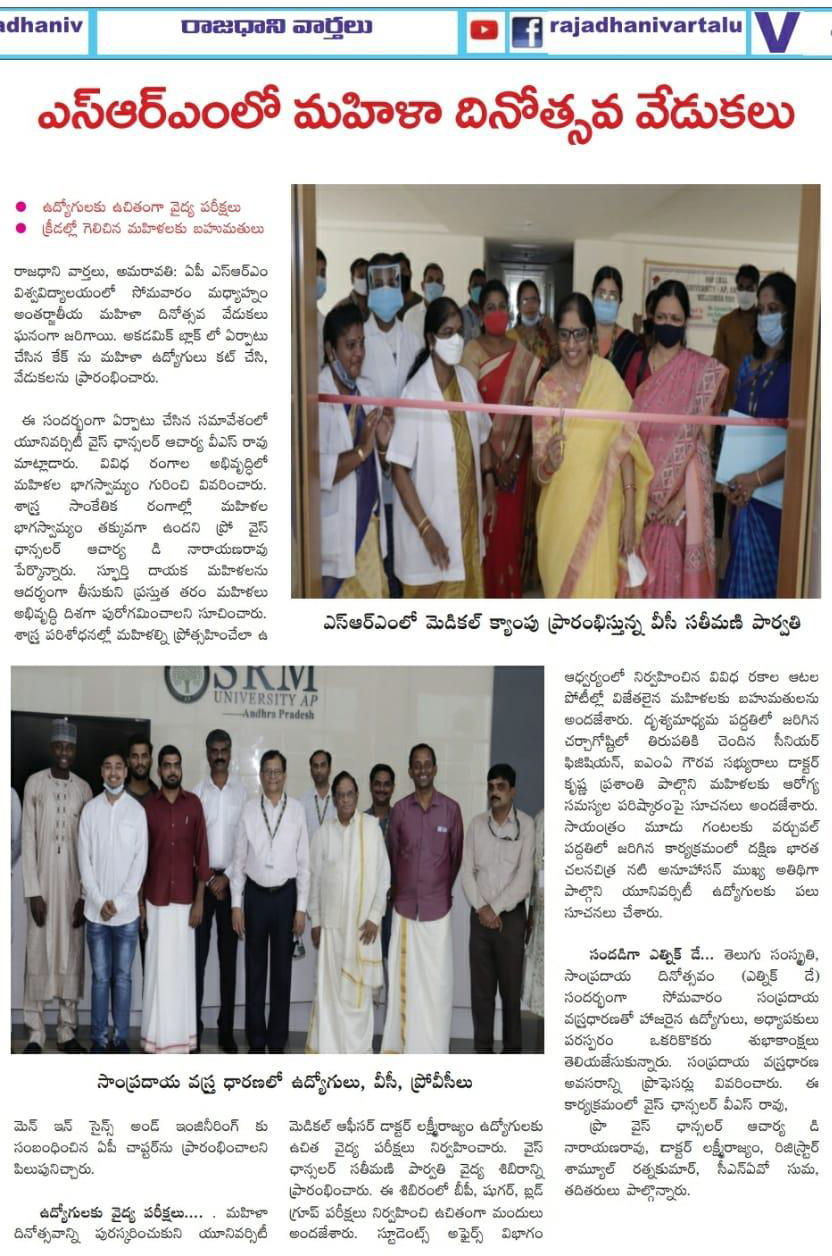- Pro VC invited as Chief Guest for School Conclave April 6, 2021
- Sai Akhil selected for AP Cricket Association April 6, 2021
Andhra Prabha – Mar 28

Prajasakthi – Mar 28

Sakshi – Mar 28

Vartha Prapancham – Mar 28
Continue reading →

- Women’s Day Celebration April 6, 2021
- Dr Jatindra Kumar Dash devices technique for easy detection of Interstitial Lung Diseases April 5, 2021
 Dr Jatindra Kumar Dash, Associate Professor, Computer Science and Engineering, has recently published a paper, “Content-based image retrieval system for HRCT lung images: Assisting radiologists in self-learning and diagnosis of Interstitial Lung Diseases” in the reputed Springer Journal- Multimedia Tools and Applications. The research has been carried out in collaboration with Prof. Sudipta Mukhopadhyay, IIT Kharagpur and Professor & Head, Department of RADIO DIAGNOSIS & IMAGING, Post Graduate Institute of Medical Education and Research, Chandigarh.
Dr Jatindra Kumar Dash, Associate Professor, Computer Science and Engineering, has recently published a paper, “Content-based image retrieval system for HRCT lung images: Assisting radiologists in self-learning and diagnosis of Interstitial Lung Diseases” in the reputed Springer Journal- Multimedia Tools and Applications. The research has been carried out in collaboration with Prof. Sudipta Mukhopadhyay, IIT Kharagpur and Professor & Head, Department of RADIO DIAGNOSIS & IMAGING, Post Graduate Institute of Medical Education and Research, Chandigarh. Content-based Image Retrieval (CBIR) is a technique that can exploit the wealth of the data stored in the repository and help radiologists in decision making by providing references to the image in hand. A CBIR system for High-Resolution Computed Tomography (HRCT) lung images depicting the sign of Interstitial Lung Diseases (ILDs) is built, and the system can be used as a self-learning tool by budding radiologists. The system is built by addressing several challenges using advanced machine learning techniques. The objective of this work is to develop a CBIR system for ILDs that is reliable and needs minimal human intervention for ling disease diagnosis.
Content-based Image Retrieval (CBIR) is a technique that can exploit the wealth of the data stored in the repository and help radiologists in decision making by providing references to the image in hand. A CBIR system for High-Resolution Computed Tomography (HRCT) lung images depicting the sign of Interstitial Lung Diseases (ILDs) is built, and the system can be used as a self-learning tool by budding radiologists. The system is built by addressing several challenges using advanced machine learning techniques. The objective of this work is to develop a CBIR system for ILDs that is reliable and needs minimal human intervention for ling disease diagnosis. The system developed will act as a helping tool for radiologist by providing a second opinion for the diagnosis of a diverse group of lung diseases called Interstitial Lung Disease. It will help the budding radiologist for self-learning. When used in daily medical practice, the system may reduce the workload of radiologists in countries, having a low number of physicians per inhabitants.
The system developed will act as a helping tool for radiologist by providing a second opinion for the diagnosis of a diverse group of lung diseases called Interstitial Lung Disease. It will help the budding radiologist for self-learning. When used in daily medical practice, the system may reduce the workload of radiologists in countries, having a low number of physicians per inhabitants. Dr Dash is associated with SRM University-AP for almost three years. His research interests include Content-Based Image Retrieval, Medical Image Analysis and Texture Analysis. He has currently employed his time into the design and development of a Computer-Aided Diagnosis System for Lung Cancer Screening.
Dr Dash is associated with SRM University-AP for almost three years. His research interests include Content-Based Image Retrieval, Medical Image Analysis and Texture Analysis. He has currently employed his time into the design and development of a Computer-Aided Diagnosis System for Lung Cancer Screening. Read More: https://link.springer.com/article/10.1007/s11042-020-10173-4
Continue reading → - Career prospects in energy storage technology April 5, 2021
What is Energy Storage?
Ever since humans mastered energy capture, energy storage and retrieval for use at a later point of time or place has been the key pursuit in power engineering. As per Wikipedia, “Energy storage is the capture of energy produced at one time for use at a later time. A device that stores energy is generally called an accumulator or battery.”
Insert video: https://www.youtube.com/watch?v=4JGMm8qDfxw
Why is it important?
Energy comes in multiple forms, which include radiation, chemical, gravitational, electrical, temperature, and kinetic. Energy storage technology converts energy from these forms into economically storable forms that are safe and accessible.
Energy storage systems are assuming greater importance with the increasing focus on sustainable energy (solar, wind, hydro) electric vehicles and the rapid rise in use of battery-powered electronic devices like smartphones, which has led to a surge in production of lithium-ion batteries. This makes energy storage one of the most promising upcoming sectors.Insert video: https://www.youtube.com/watch?v=ljKFr_o24jo
What are the industries involved in Energy Storage?
When one thinks of Energy Storage, one immediately thinks of batteries. However, batteries are about storage and retrieval of chemical energy, but energy is of many different types. A hydroelectric dam, stores gravitational potential energy, ice storage tanks store ice frozen by cheaper energy at night to meet peak daytime demand for cooling, and fossil fuels such as coal and gasoline store ancient energy derived from sunlight, buried and over time and then converted into these forms. Industry application include power storage and distribution obviously, but also automobiles, real estate, mining, and telecom.
Insert video ‘Future of Energy Storage’: https://www.youtube.com/watch?v=_LAuDTNW5dw
Beyond Batteries: https://www.youtube.com/watch?v=3R7EzO3uBms
Who is the field relevant for?
The demand for energy storage systems is likely to grow exponentially globally as the world shifts towards renewable energy sources. This shift will mandate both grid level and unit level energy storage systems that are of a viable size, cost, and energy efficiency. Significant research is currently being conducted on materials, engineering, and other optimisations.
The kind of backgrounds required for this field could include:
-
Metallurgists for analysing potential of viable materials,
-
Chemical engineers and chemistry graduates,
-
Electrical engineers
-
Automobile engineers interested in electric vehicle development
However, energy storage is somewhat interdisciplinary bringing together material science with expertise in the energy storage using sectors.
What are the career prospects?
Estimates by Lux Research, an independent research and advisory firm, suggest that the global industry for energy storage could be worth $100billion in the next few years.
Given the focus, demand, and growth, energy storage sector will generate significant jobs in the future. Moreover, due to the shortage of qualified professionals relative to demand, entry salary and salary growth prospects are positive.How do I get started?
The roadmap involves an undergraduate degree in electrical engineering or material sciences with a focus on specific courses in renewable energy and energy storage.
Continue reading → -







